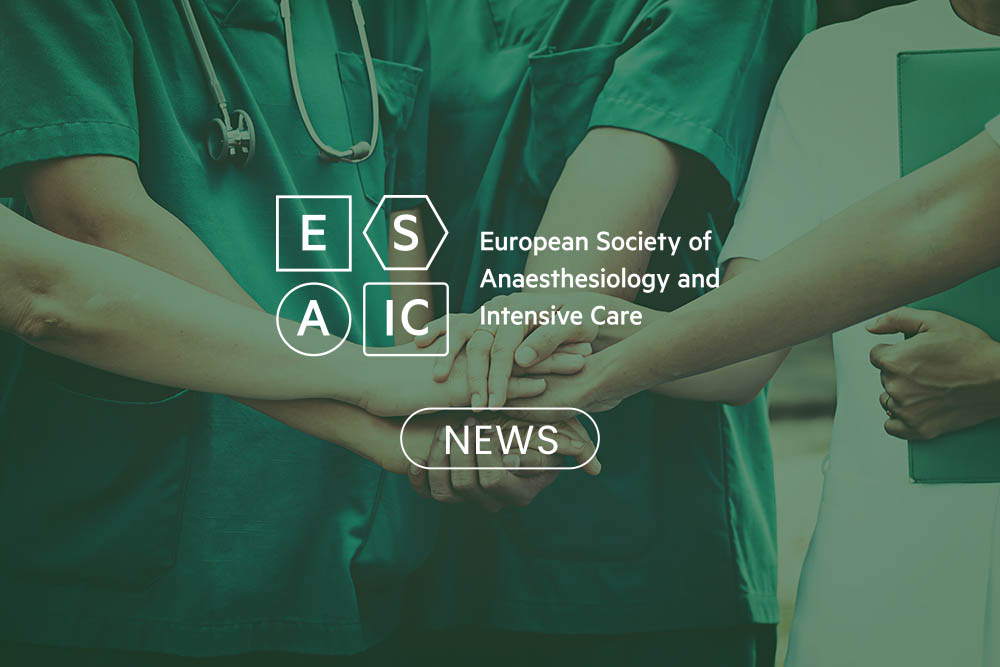Newsletter 2020
Palliative medicine – a great option for anaesthesiologists

Reino Pöyhiä, MD
Reino.poyhia@kauniala.fi
Understanding of complexities of diseases, a holistic approach to the care of a patient, acute and chronic pain management, alleviation of other symptoms, expertise in sedation, communication skills and do not resuscitate (DNAR) decision making. These all are important features of both anaesthesiology and palliative medicine. If you add titrating the doses of medications to effects, capability to rapid responses, comprehensive understanding and practice of hydration and nutrition plus team-work, wouldn´t you agree that an anaesthesiologist would be a perfect palliativist?
The ASA definition of anaesthesiology (1) includes the following content: “The practice of medicine dedicated to the relief of pain and total care of the surgical patient before, during and after surgery.” The WHO definition of palliative care (2), is not thatdifferent from this, as it says: “Palliative care is an approach that improves the quality of life of patients and their families facing the problem associated with life-threatening illness, through the prevention and relief of suffering by means of early identification and impeccable assessment and treatment of pain and other problems, physical, psychosocial and spiritual”. End-of-life care, which the most anaesthesiologists are rather familiar with – at least in the ICU, is the final phase of palliative care.
In central Europe, anaesthesiologists have had a significant role in the development of palliative care. Excellent results have been reported about the establishment an anaesthesiologist-maintained pain relief and palliative care unit in Italy, already over 15 years ago (3). A recent survey shows that in Germany, 195 hospitals have a palliative care unit mostly as part of the anaesthesia department (4). In addition, 3 of 5 existing chairs of palliative medicine are previous anaesthesiologists in Germany (5). Another questionnaire study observed that anaesthesiology was the responsible discipline in 75 % of hospital palliative care consultation teams in the Netherlands (6). And let´s not forget that the current president of the European Association of Palliative Care, professor Christoph Ostgathe, is also a trained anaesthesiologist!
Yet countries are different and there could be more anaesthesiologists on board in the palliative field. A recent estimate showed that in the USA, there are only 125 anaesthesiologists subspecialised to palliative medicine, which means only 1.7 % of all 6748 specialists in palliative care (7). However, also in the USA, there is a growing interest toward palliative care among anaesthesiologists. Recently, Cobert et al (7) have described excellent results from an anaesthesia-guided palliative care home service in the USA. Interestingly enough, the American Board of Anaesthesiologists has included palliative medicine as a special competence program in their services.
If a trained anaesthesiologist decides to turn to palliative care, further education is a needed. Palliative medicine is recognised as an independent medical specialty in the UK, Ireland and Poland and as a subspecialty in Czech Republic, Germany, Georgia, Hungary, Romania and Sweden. In most other European countries there are formal educational programs for special competence or special denomination of palliative care/medicine. Although European anaesthesiologists can participate in these programs, only few have done, so far. As an example, in Finland only 8 out of 131 palliative medicine specialists are anaesthesiologists.
Are the any other reasons, why anaesthesiologists should become more active in palliative medicine? First, there is a lack of palliative care physicians! The global needs of palliative care are not currently met. WHO has clearly stated palliative care as a human right. All around the world, 20 million people need dedicated palliative care but even in high-income countries only 30-45% of these needs are met by specialist palliative care (2). The unmet needs are the highest in advanced cardiopulmonary diseases. Secondly, many anaesthesiologists are already very familiar with care of compromised patients in OR, ICU and emergency departments. Anaesthesiologists are also skilful proceduralists, and as palliativists would be able perform the most of palliative care procedures quickly and safely enough. Thirdly, palliative medicine and care would be a wonderful opportunity to growthe role of anaesthesiology in society. And finally, palliative care could offer different career opportunities to anaesthesiologists, who would be warmly welcomed as clinicians, directors, teachers and researchers in palliative care.
References
(1) Fine PG et al. . Anesth Analg 2018; 127: 12-14
(2) https://www.who.int/nmh/Global_Atlas_of_Palliative_Care.pdf
(3) Mercadante S, Villari P, Ferrera P.. Support Care Cancer 2003;11:114–119
(4) Erlenwein J et al. Der Anaesthesist. 2017 Aug;66(8):579-588
(5) Kettler D & Nauck F. Current Opinion in Anaesthesiology 2010, 23:173–176
(6) Brinkman-Stoppelenburg A et al.. BMC Health Services Research (2016) 16:518
(7) Cobert J et al.. Anesth Analg 2018; 127: 284-288









